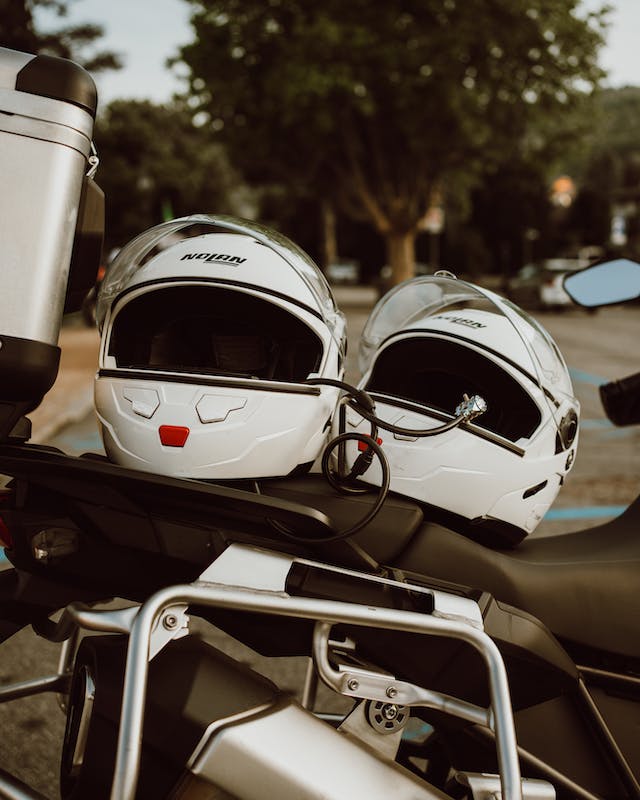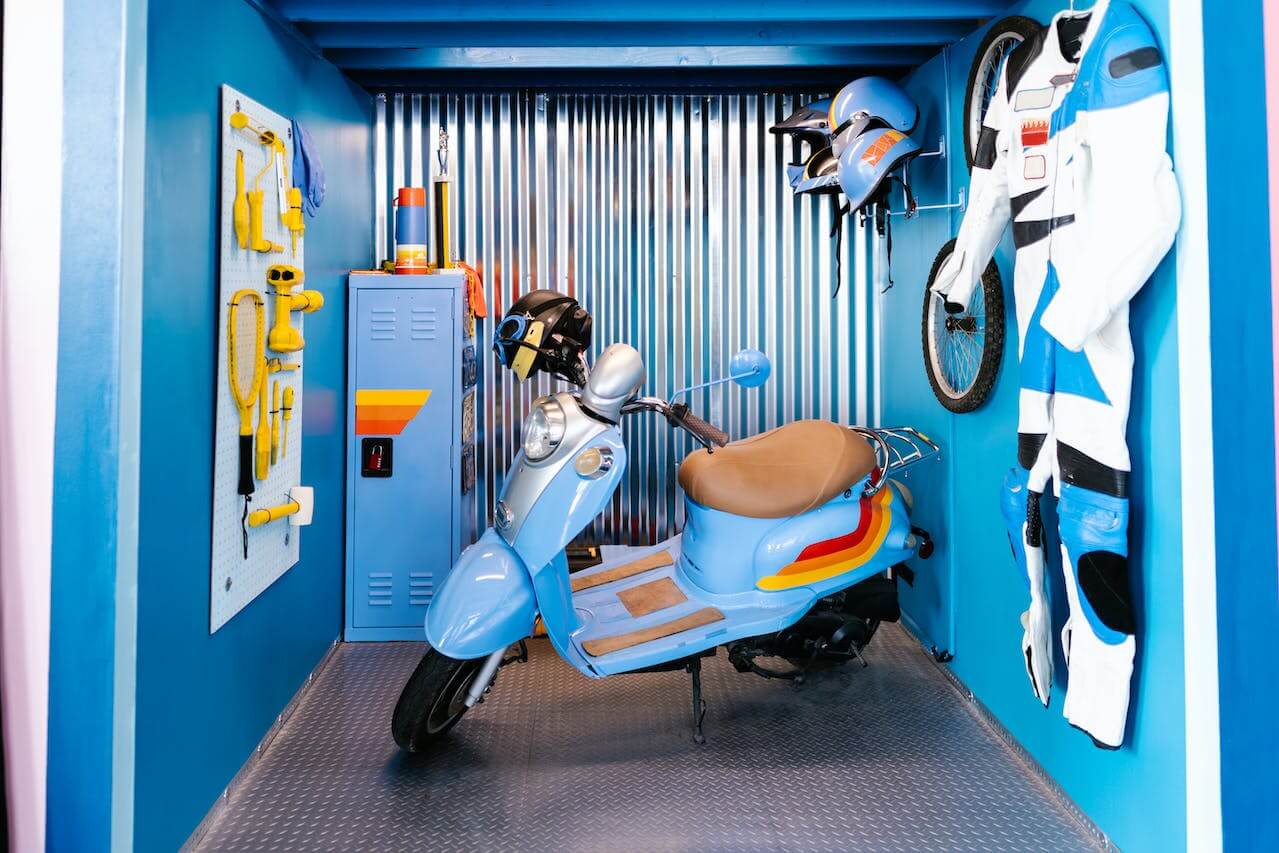As an experienced bike rider, I have gone through numerous helmets throughout the years.
From my early days of cycling as a child to my current passion for mountain biking, I have come across various types and styles of helmets. And let me tell you, choosing the right helmet is not an easy task.
When it comes to selecting a helmet, safety should always be the top priority.
However, finding a helmet that is both safe and comfortable can be quite challenging.
In this blog post, I will share my personal experience and provide some useful tips on how to choose the best helmet for yourself.
Why is Choosing the Right Helmet Important?
The importance of wearing a helmet while riding a bike cannot be stressed enough. In case of an accident, a helmet can significantly reduce the risk of serious head injuries and even save your life.
However, not all helmets are created equal. A proper fitting helmet that meets safety standards is crucial for maximum protection.
Factors to Consider when Choosing a Helmet
Safety Standards
The first thing I always check when buying a new helmet is its safety certifications. The two most common are the CPSC (Consumer Product Safety Commission) and the ASTM (American Society for Testing and Materials). These organizations have set safety standards that all helmets must meet to be considered safe for use.
Fit
A well-fitting helmet should sit comfortably on your head without any pressure points or movement when you shake your head.
To determine the right size, measure your head circumference and compare it to the manufacturer’s sizing chart. Remember, a helmet that is too big or too small will not provide adequate protection.
Ventilation
Riding in hot weather can be uncomfortable, especially if you have a helmet that doesn’t allow proper airflow. Look for helmets with ample ventilation to keep your head cool and sweat-free.
This will not only provide comfort but also prevent any fogging on your glasses or goggles.
Weight
A lightweight helmet can make a huge difference in your riding experience, especially on long rides. Heavy helmets can cause neck strain and fatigue, making it difficult to concentrate on the road ahead. Look for helmets made from lightweight materials such as carbon fiber or polycarbonate.
Visor
A visor is not only a style statement but also serves a practical purpose. It helps to shield your eyes from the sun, rain, or debris while riding.
Some helmets come with detachable visors, which allow you to customize your helmet according to the weather conditions.
Style and Design
While safety should be the top priority when choosing a helmet, there’s no harm in finding one that looks good too. Helmets come in various styles and designs, from sleek road helmets to more aggressive mountain bike helmets. Choose one that suits your riding style and personal preferences.
My Personal Experience
When I first started cycling as a child, my parents bought me a basic helmet without much thought. It was bulky, uncomfortable, and definitely not the most stylish.
As I grew older and started taking up more competitive cycling, I invested in a lightweight helmet with better ventilation.
However, it wasn’t until I started mountain biking that I truly understood the importance of finding the right helmet.
I vividly remember my first mountain biking trail.
It was exhilarating yet terrifying at the same time.
I could feel my heart racing as I navigated through rocks, roots, and steep descents.
And it was in that moment when I knew that wearing a proper fitting helmet was crucial for my safety.
I spent hours researching different types of mountain bike helmets before finally settling on one that met all my requirements.
It had ample ventilation, a lightweight design with a detachable visor, and most importantly, it fit like a glove. I could move my head freely without worrying about the helmet shifting or causing any discomfort.

Tips for Choosing the Right Helmet
Try Before You Buy:
Never buy a helmet without trying it on first. Even if you know your size, different brands and models can fit differently. Fit is crucial for safety, and trying on the helmet will give you a better idea of its comfort and fit.
Consider Your Riding Style:
As I mentioned before, different helmets are designed for various riding styles. If you are primarily a road cyclist, a sleek and aerodynamic helmet would be more suitable. However, if you prefer mountain biking or BMX riding, look for a helmet with more coverage and protection.
Replace Your Helmet Every Few Years:
Helmets are not meant to last forever. The materials can wear out over time, reducing its effectiveness in case of an accident. It is recommended to replace your helmet every three to five years, depending on use.
Don’t Compromise on Safety:
While it may be tempting to save a few bucks by buying a cheaper, low-quality helmet, remember that your safety should always come first. Investing in a high-quality helmet from a reputable brand will not only provide better protection but also last longer.
Last Words before I die ?
As bike riders, we often take our helmets for granted and overlook the importance of choosing the right one. However, as someone who has personally experienced the benefits of a well-fitting helmet, I cannot stress enough how crucial it is to find the perfect one for yourself. From safety standards to fit and style, there are many factors to consider when choosing a helmet, but remember that your safety should always be the top priority.
Frequently Asked Questions (FAQ)
- What type of helmet should I go for if I am a beginner bike rider?
As a beginner, you might not be sure what kind of biking you’ll fall in love with — road cycling, mountain biking, or city cruising. My advice would be to start with a multipurpose helmet, one that adheres to safety standards, offers a good fit, and provides decent ventilation. As you progress and identify your riding style, you can invest in a more specialized helmet.
- How do I know when it’s time to replace my helmet?
Speaking from my personal experience, a helmet typically needs to be replaced every three to five years. However, if your helmet has been involved in a crash or shows visible signs of wear and tear, replace it immediately. Remember, even if you can’t see any damage, the protective materials inside could be compromised, reducing its effectiveness during a crash.
- Can I just use any helmet for biking, like a skateboard helmet?
It’s tempting to think that a helmet is a helmet, but that’s not the case. Each sport has unique risks and requires different types of protection. The helmet I use for biking is designed specifically to protect against the kind of impacts you’re likely to have on a bike. It’s lightweight, aerodynamic, and offers more ventilation compared to a skateboarding helmet.
- What are the key factors to consider while choosing a helmet for my child?
When I was buying a helmet for my son, I focused on three crucial things: fit, comfort, and safety certifications. Don’t choose a helmet your child will “grow into.” The helmet should fit snugly on the child’s head. Also, ensure the helmet has been certified by trusted safety organizations like the CPSC or ASTM.
- Are more expensive bike helmets safer than cheaper ones?
Price does not always equate to safety. I’ve seen expensive helmets that don’t meet safety standards and affordable ones that exceed them. What you often pay more for are features like weight, ventilation, style, and brand. But always ensure whatever helmet you choose, it meets or exceeds safety standards.

